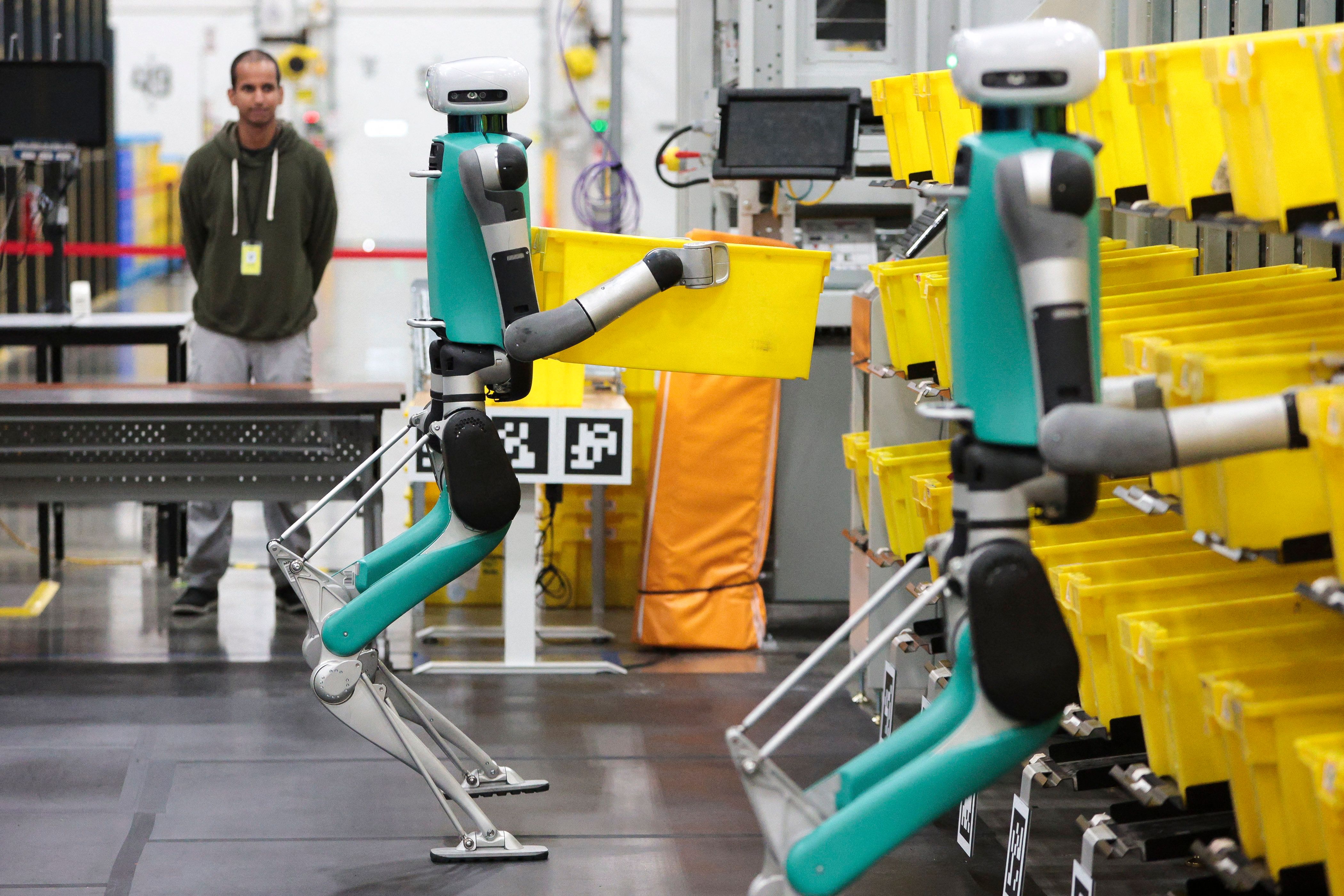Leaked internal documents show Amazon is plotting the most aggressive workplace automation campaign in corporate history, aiming to replace more than 600,000 US jobs with robots by 2033. The strategy would save $12.6 billion while the company doubles its product sales, fundamentally reshaping America's largest private employer into what economists warn could become a "net job destroyer."
The leaked strategy documents paint a stark picture of Amazon's vision for the future of work. While the e-commerce giant expects to sell roughly twice as many products by 2033, it's betting on robots to handle the load instead of human hands. The numbers are staggering: more than 600,000 positions that would traditionally require human workers will instead be filled by machines, marking perhaps the largest corporate job displacement initiative in US history.
The timeline is aggressive. Amazon expects to automate 75 percent of its entire operations and eliminate 160,000 roles by 2027 - just three years away. The financial incentive is clear: every automated position saves about 30 cents per item processed, translating to $12.6 billion in cost savings between 2025 and 2027 alone, according to the leaked documents reported by The New York Times.
But Amazon isn't just planning the displacement - it's also strategizing damage control. Internal discussions reveal the company considered a carefully orchestrated PR campaign to position itself as a "good corporate citizen" ahead of the inevitable backlash. The leaked materials show executives exploring community outreach projects and even linguistic sleight of hand, swapping loaded terms like "automation" and "AI" for gentler phrases like "advanced technology" and "cobots" - robots that supposedly work alongside humans.
The company's existing robot army already hints at this future. With over a million robots deployed across its facilities, Amazon is testing everything from Agility Robotics' bipedal "Digit" bots to sophisticated picking and packing systems. These aren't just conveyor belt upgrades - they're human replacements designed to handle the complex tasks that have historically required human dexterity and decision-making.
Amazon pushed back against the leaked revelations, telling The New York Times that the documents were "incomplete" and didn't represent the company's overall hiring strategy. The company denied instructing executives to avoid certain terminology when discussing robotics initiatives.
